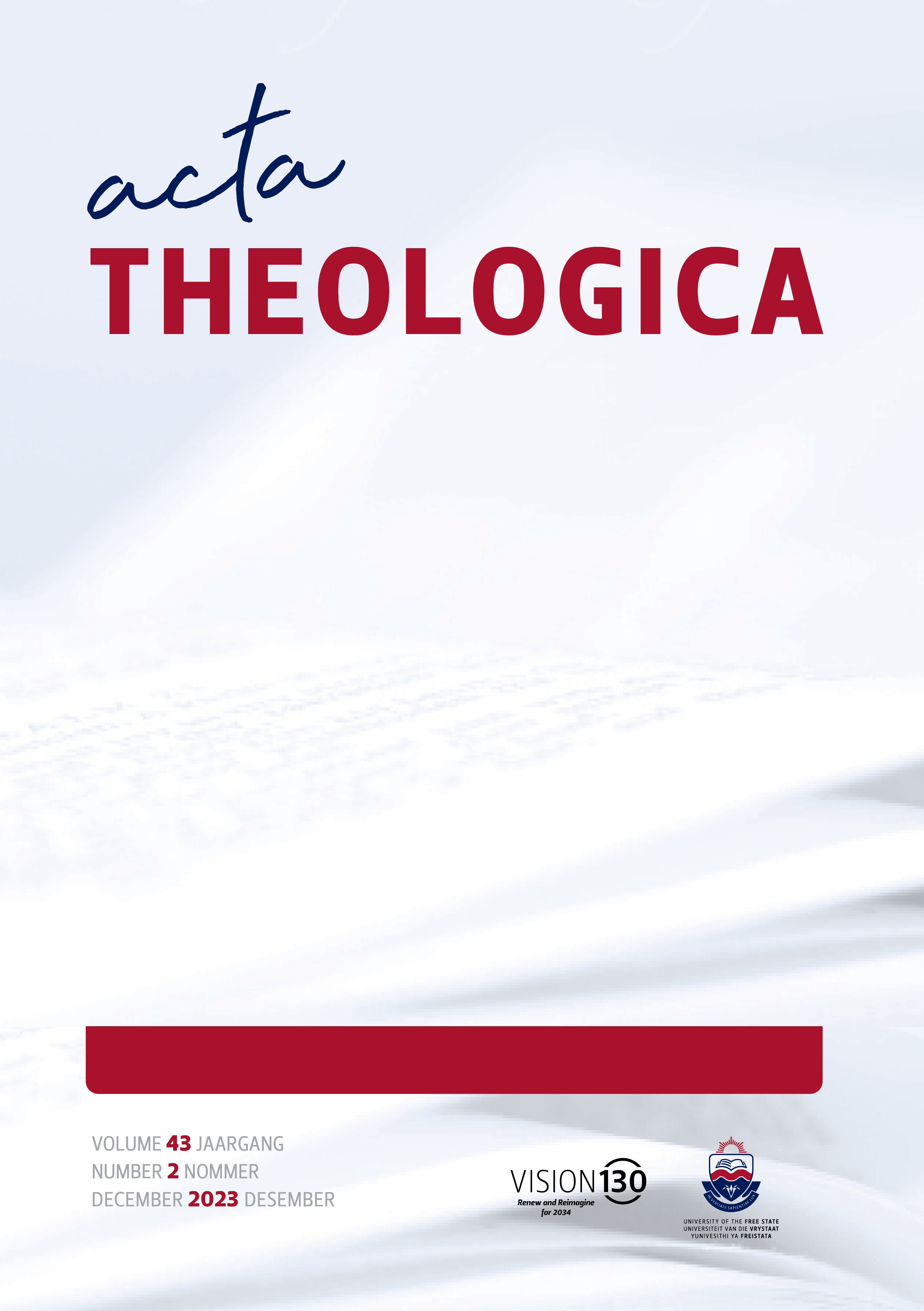Semiotics of alterity and the cultural dimensions of Bible translation
DOI:
https://doi.org/10.38140/at.v43i2.7536Abstract
Translated sacred writings from various religious traditions often retain a few selected cultural terms borrowed from the incipient sign system, while other cultural dimensions are translated in ways that can broadly be construed as domestication. By contrast, many Bible translation agencies eschew translation strategies in which cultural terms are borrowed, advocating in stead for wholesale domestication. In this article, we develop a theoretical framework for representing the alterity, but not the foreignness, of the Bible in translation. Alterity involves the incipient sign system, namely the biblical languages and their cultural contexts ranging from Iron Age Israel within the context of the Ancient Near East for the Old Testament to Roman Palestine in the first century for the New Testament. Examples from African contexts, including Afrikaans (South Africa), Lokaa (Nigeria) and Tira (Sudan), illustrate multiple approaches to representing alterity and provide an important corrective to current practice in many Bible translation projects.
Downloads
##submission.downloads##
Published
How to Cite
Issue
Section
License
Copyright (c) 2023 J.A. Naudé , C.L. Miller-Naudé , J.O. Obono

This work is licensed under a Creative Commons Attribution 4.0 International License.




